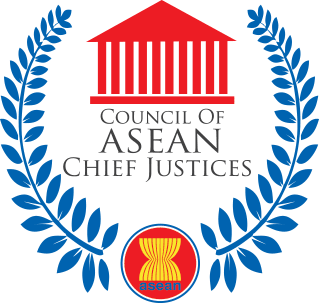Myanmar under the Myanmar Kings had a solid foundation of legal framework and judicial administration. Myanmar Law was then composed of three elements: Yazathat, Dhammathat and Phyathton.
Yazathats; which were the King’s Royal Edicts and Ordinances. These are composed of the King’s commands and Criminal Laws for prevalence of law and order, security and peace, including mainly for high treason, murder, dacoity (criminals who engage in organized robbery and murder), robbery ,theft etc.
Dhammathats: were collections of Corpus Jurist of Myanmar customary traditions, conventions and ratio decidendi of eminent judges and learned personnel in their decisions or writings, collected and consolidated versions of Myanmar Customary Law throughout the ages. Indeed, Dhammathats are composed of Legal Rules and Principles for Civil matters and Civil Law; they relate mainly to marriage, divorce, partition, succession, inheritance, adoption etc. Those Legal Rules and Principles are based on egalitarian rights relating to equality under law; and are still being applied by the present day Courts of the Union of Myanmar. Phyathtons: were the Judicial decisions passed by Courts, Benches and the King’s Hluttaw; like the present day Law Reports.
(Rulings) of the Supreme Court.
In the old days, criminal and civil jurisdictions were distinct. Prevention and punishment of acts causing gross disturbances of the peace, to the detriment of public security were considered part of the administrative functions of Government. Hence, criminal justice was dispensed by administrative officials of the State. Civil justice, on the other hand, was administered by judges appointed by or under the King and by arbitrators chosen by parties. Naturally appeals lay in the last resort to the King, but from the decision of an arbitrator there was no right of appeal.
After becoming an independent State, the Supreme Court and High Court were established and Courts at different levels were also formed under the Union Judiciary Act, 1948.
On 2nd March 1962, the Revolutionary Council took over the sovereign powers and the judicial system was transformed into the socialist system. The Revolutionary Council abolished the Supreme Court and the High Court and established the Chief Court instead.
Under the 1974 Constitution, the Central Court, the State and Divisional Courts, the Township Courts and the Wards and Village Tracts Courts were formed. The salient feature of the then judicial system was the participation of the working people in all levels of the Courts.
On 26th September 1988, the State Law and Order Restoration Council promulgated the Judiciary Law and formed the Courts at different levels and for the administration of justice in the Union of Myanmar. It was subsequently repealed by the Judiciary Law, 2000 which was promulgated on the 27th June, 2000 by the State Peace and Development Council, for the promotion of the judiciary, and to revamp the formation of Courts.
The present judicial system was adopted under the 2008 Constitution and Union Judiciary Law 2010.
